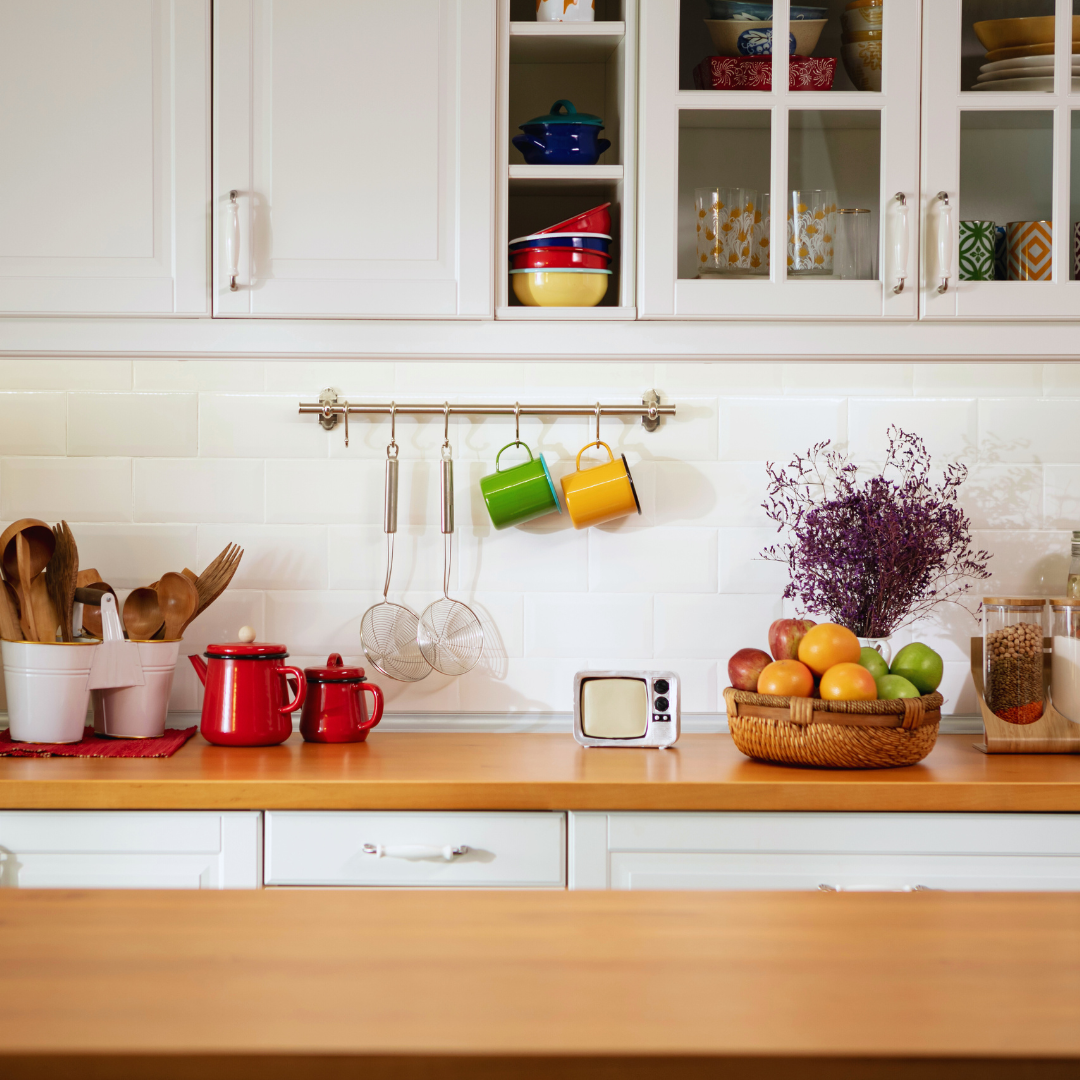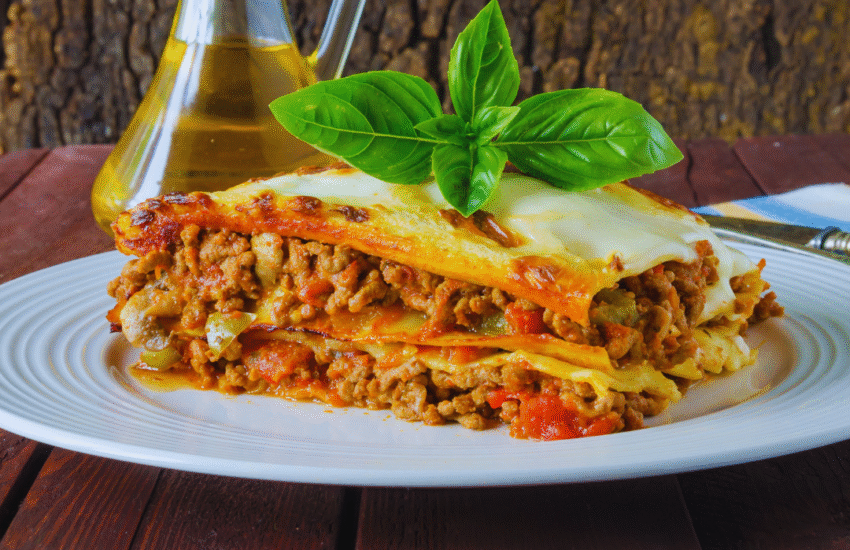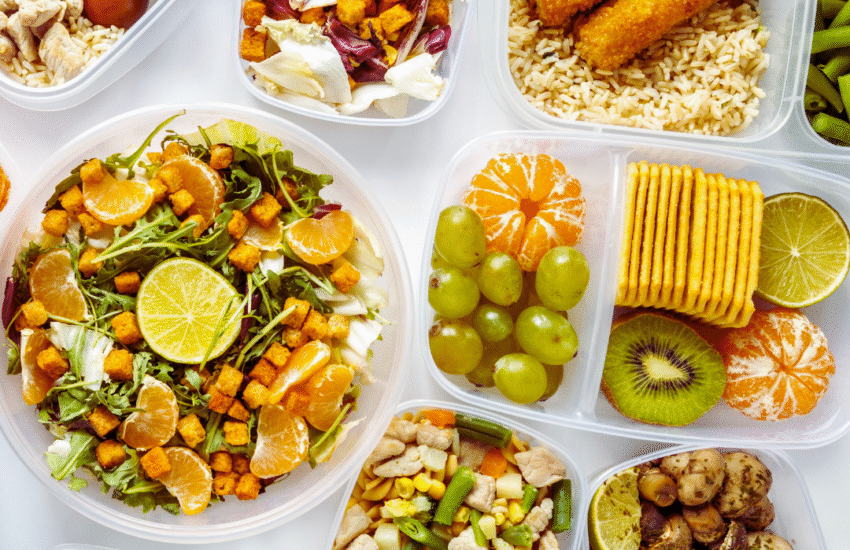How to Organise Your Kitchen: Tips for a Functional and Tidy Space
A well-organised kitchen can transform meal preparation into an enjoyable experience while maximising efficiency. To organise a kitchen effectively, it is essential to assess space, categorise items, and implement a practical storage system. This creates a streamlined environment that reduces clutter and makes finding utensils, ingredients, and tools much easier.
When planning an organisation, it is important to consider both functionality and personal cooking habits. Evaluating how frequently certain items are used can help in determining the most accessible storage locations. A thoughtful arrangement can save valuable time, making cooking less stressful and more enjoyable.
Utilising various organisational tools, such as shelf risers, drawer dividers, and clear containers, can also significantly enhance the kitchen’s functionality. By creating designated spaces for specific items, one can maintain order and ensure everything is within reach when needed.
Decluttering Your Kitchen
Decluttering the kitchen is essential for creating an efficient and enjoyable cooking space. This process involves identifying excess items, executing a systematic decluttering process, and deciding what can be donated or discarded.
Identifying and Removing Kitchen Clutter
To effectively declutter, one must first identify items that contribute to kitchen clutter. Start by examining countertops, cabinets, and drawers.
Key items to assess include:
- Appliances not used in the last year
- Duplicates of utensils or gadgets
- Expired food items
It is beneficial to define specific categories for kitchen items. For example, group utensils, cookware, and pantry items separately. By doing this, it becomes easier to spot unnecessary items.
Once identified, those items that do not serve a purpose or spark joy, as suggested by Marie Kondo, should be set aside for removal.
The Decluttering Process
The decluttering process requires a structured approach to ensure effectiveness. Begin by tackling one area at a time, such as a single drawer or cabinet.
Follow these steps:
- Empty the space: Take everything out to see what is available.
- Sort items: Categorise each item into keep, donate, or discard.
- Clean the space: Before replacing items, wipe down surfaces for a fresh start.
This method prevents feeling overwhelmed. By reducing the scope to manageable sections, the task becomes less daunting. Stick to a schedule to maintain momentum throughout the kitchen.
Donating and Discarding Unnecessary Items
After sorting, determine what can be donated versus discarded. Items in good condition that are no longer needed can be donated to local charities or shelters. This not only helps those in need but also benefits the environment by reducing waste.
Considerations for donating:
- Ensure items are clean and functional
- Check with local organisations for their needs
For items that are broken or past repair, proper disposal is essential. Research local recycling options to avoid contributing to landfill waste. By thoughtfully deciding the fate of unnecessary items, one contributes positively to the community while freeing up valuable kitchen space.
Optimising Kitchen Storage and Organisation
Effective kitchen storage and organisation can enhance functionality and accessibility. By strategically assessing available space and employing various storage solutions, one can create a well-organised kitchen that meets everyday needs.
For instance, cabinetry plays a vital role in keeping the kitchen tidy and efficient by providing dedicated space for cookware, utensils, and pantry items, thus reducing clutter.
To maximize this potential, many homeowners turn to professional services specializing in custom cabinets san antonio (or elsewhere). These custom solutions offer features such as adjustable shelving, pull-out drawers, built-in spice racks, and hidden compartments for small appliances, all tailored to suit individual requirements perfectly.
Assessing and Maximising Cabinet and Drawer Space
Begin by evaluating existing cabinets and drawers. It is important to measure both the interior dimensions and the items usually stored within them. This allows for precise planning.
Consider utilising stackable shelves or pull-out baskets. Such additions can significantly increase vertical space and accessibility. For deep cabinets, a Lazy Susan can give easy access to items often pushed to the back.
Beyond basic adjustments, tailoring your cabinets to specific requirements can greatly improve overall kitchen efficiency. For example, selecting customisable options that match your storage needs ensures a more personalised and functional setup, reducing clutter in the long term. This might involve choosing materials and designs that accommodate unique items like bulky appliances or specialised cookware. One valuable option for achieving this is through Lovech, where users can easily configure cabinets with various thicknesses, drawer styles, and edge details to fit their space perfectly. Ultimately, such custom solutions contribute to a more organised and user-friendly kitchen environment.
Labelling the contents of cabinets and drawers adds clarity. This not only enhances organisation but also speeds up meal preparations. Utilising clear bins for similar items allows for easy visibility and retrieval.
Utilising Open Shelving and Storage Solutions
Open shelving offers a stylish alternative to traditional cabinets. It allows for display and easy access to frequently used items such as dishes and spices.
Incorporating wall-mounted racks can assist in storing pots, pans, and utensils, freeing up valuable counter and drawer space. Magnetic strips can also hold knives and tools, creating a modern and efficient look.
To maintain order, it is essential to rotate displayed items regularly. This prevents clutter and ensures that all items remain easily accessible and visually appealing.
Choosing Storage Containers and Bins
Selecting appropriate storage containers and bins is crucial for a neat kitchen. Opt for clear storage bins for easy visibility of contents.
Different sizes allow for versatile storage solutions, accommodating everything from pantry items to small appliances. Airtight containers are particularly beneficial for keeping dry goods fresh.
Baskets can also be utilised for storing miscellaneous items. They bring an element of style while keeping the kitchen organised. Utilising labels on all containers will streamline the process of locating items.
Implementing Drawer Dividers and Organisation Tools
Drawer dividers are an effective tool for maintaining order. They help categorise cutlery, utensils, and other kitchen gadgets. A neatly organised drawer reduces clutter and saves time during meal preparation.
Consider adjustable dividers for flexibility. This allows customisation based on specific needs and changing items over time. Other tools, such as tiered trays or utensil holders, can further enhance drawer organisation.
Regularly reviewing and updating drawer contents is important. Items that are no longer frequently used should be removed or relocated. This keeps drawers functional and easy to navigate.
Setting Up Efficient Kitchen Zones
Efficient kitchen zones enhance workflow and accessibility, making meal preparation simpler and faster. By creating distinct areas for prep, cooking, and meal prep, individuals can maximise their kitchen space and organisation.
Creating a Prep Zone
The prep zone is crucial for organising ingredients and tools. It should be close to the sink for easy washing of vegetables and fruits. Allocate a section of the counter that is clutter-free, ensuring sufficient space for chopping, mixing, and assembling dishes.
Essential elements to include:
- Cutting board: Situated prominently for easy access.
- Knives and utensils: Stored in a drawer or magnetic strip nearby.
- Mixing bowls and measuring cups: Positioned within reach to streamline cooking tasks.
Consider adding a small rack or caddy for spices and oils to enhance efficiency. Keeping these items organised encourages a smoother workflow.
Designing a Cooking Zone
The cooking zone is where the actual preparation takes place. It should be directly adjacent to the prep area to maintain an uninterrupted flow. Position pots, pans, and cooking utensils close to the stove for quick access.
Key components for this zone include:
- Cookware: Store pots and pans in lower cabinets or hang them on a rack above.
- Utensils: Keep large spoons and spatulas in a nearby holder.
- Trash bin: Positioned within reach to avoid mess during cooking.
Creating adequate counter space around the stove allows for easy placement of hot pots or assembly of dishes fresh off the heat. This enhances cooking efficiency and promotes safety.
Meal Prep and Workflow Improvements
Meal prep is essential for streamlining cooking during busy weekdays. Establishing a designated area for meal prep can save time and reduce stress.
Tips for effective meal prep:
- Batch cooking: Designate a day to prepare larger quantities of meals.
- Storage containers: Use clear, stackable containers labelled with contents and dates.
- Ingredients station: Organise frequently used items, like grains and legumes, in easy-to-reach bins.
Utilising a meal prep area reduces clutter in the prep and cooking zones. Ensuring that these zones function harmoniously maximises kitchen efficiency and enhances the overall cooking experience.
Organising Kitchen Tools and Essentials
A well-organised kitchen involves thoughtful arrangements for cooking utensils, knives, gadgets, and accessories. Efficient organisation improves workflow and accessibility, making cooking a more enjoyable task.
Sorting and Storing Cooking Utensils
Begin by gathering all cooking utensils in one place. This includes spatulas, spoons, and whisks. It is beneficial to sort them into categories based on use.
Storage Options:
- Drawers: Use a utensil tray to separate each type. It keeps the drawer tidy.
- Containers: Place utensils in jars or holders on the countertop for easy access.
Consider hanging racks for larger tools. This adds a decorative touch while keeping them within reach.
Knife and Cutting Board Organisation
Knives are essential tools in any kitchen. To ensure safety and accessibility, store knives in a dedicated knife block or magnetic strip. This keeps the blade protected and prevents dulling.
Cutting boards should be stored based on their type. A bamboo cutting board can be placed on a shelf or in a drawer. Use a designated space for each size of cutting board, ideally near the knife storage for convenience.
Implement a cleaning routine to maintain the boards and knives, ensuring longevity and hygiene.
Managing Kitchen Gadgets and Appliances
Kitchen gadgets come in various shapes and sizes. To manage them efficiently, assess which items are used regularly and which can be stored away.
Organisation Tips:
- Cabinet Space: Use shelf risers to maximise vertical space.
- Drawers: Designate a drawer specifically for smaller gadgets like peelers and whisks.
For larger appliances like a stand mixer or food processor, consider spaces on countertops or under cabinets. This keeps them accessible while not crowding the workspace.
Arranging Cookbooks and Accessories
Cookbooks not only serve a practical purpose but can also be decorative. Arrange them by category, such as cuisine or meal type, for easy reference.
Utilising bookends can keep them upright and organised on shelves. If space is limited, consider a digital recipe storage option.
In addition, keep kitchen accessories like measuring cups and spoons close to the cooking area. Use a drawer divider to prevent clutter and ensure quick access. Group similar items, making it easier to locate ingredients and tools during meal preparation.



